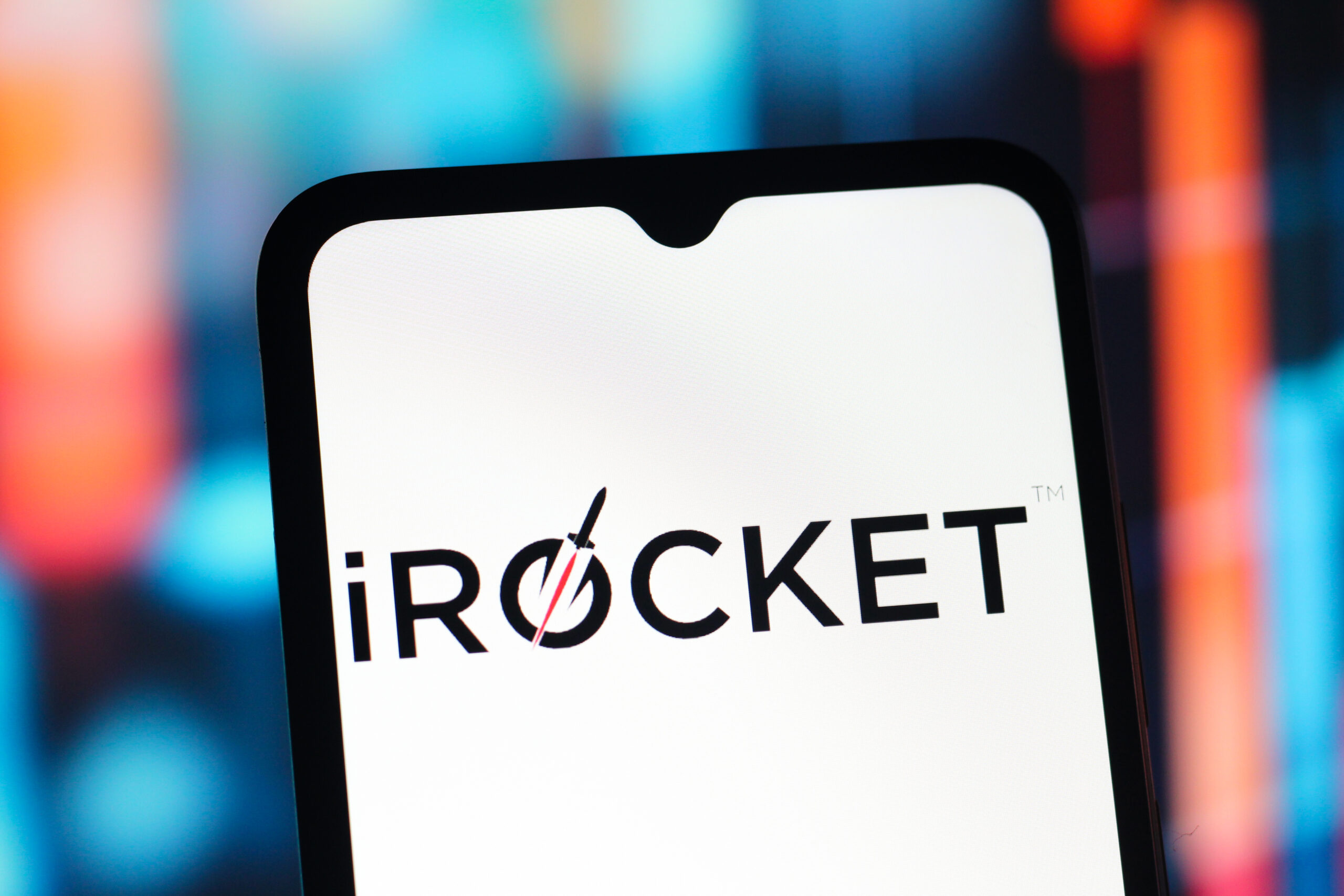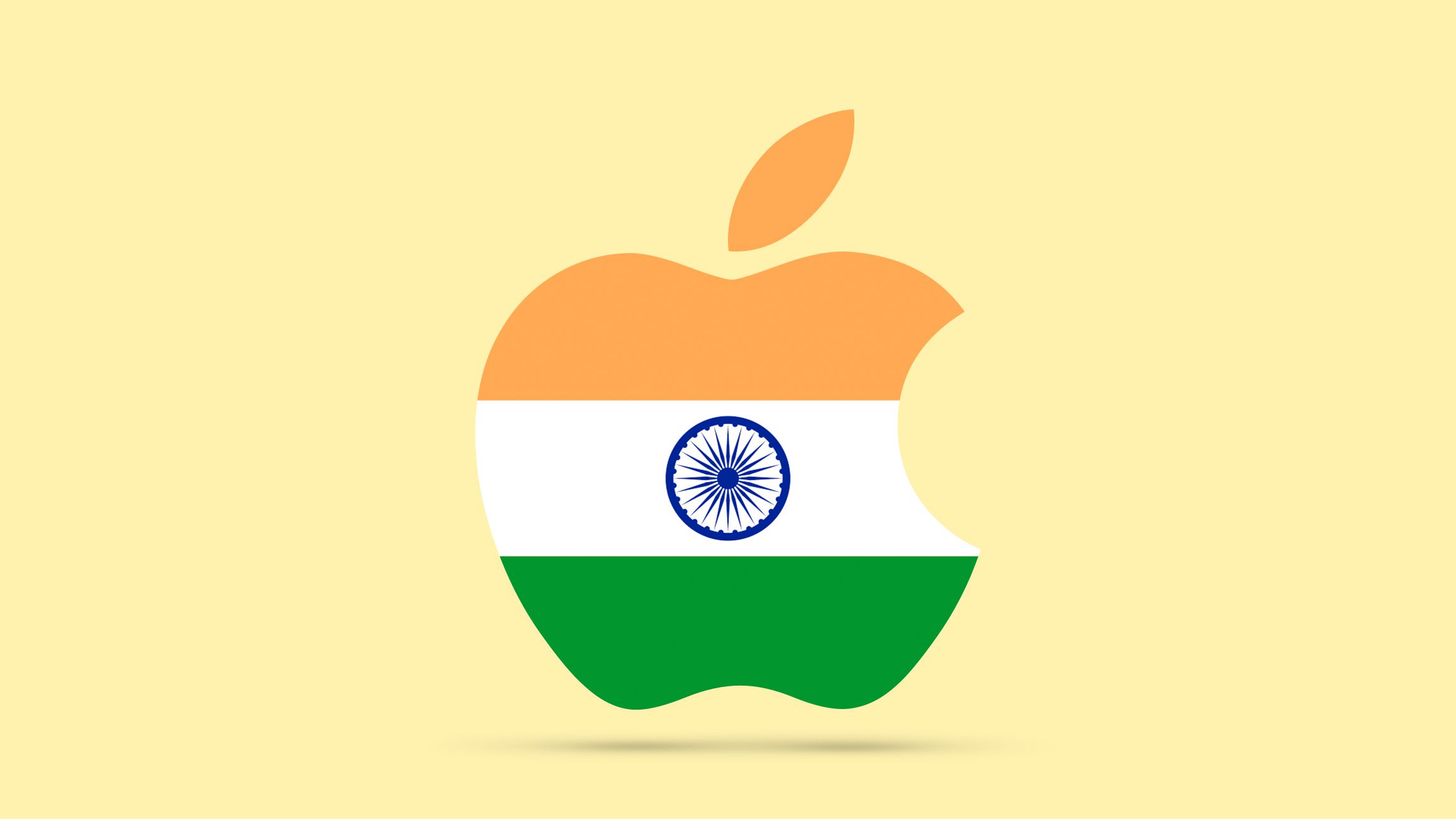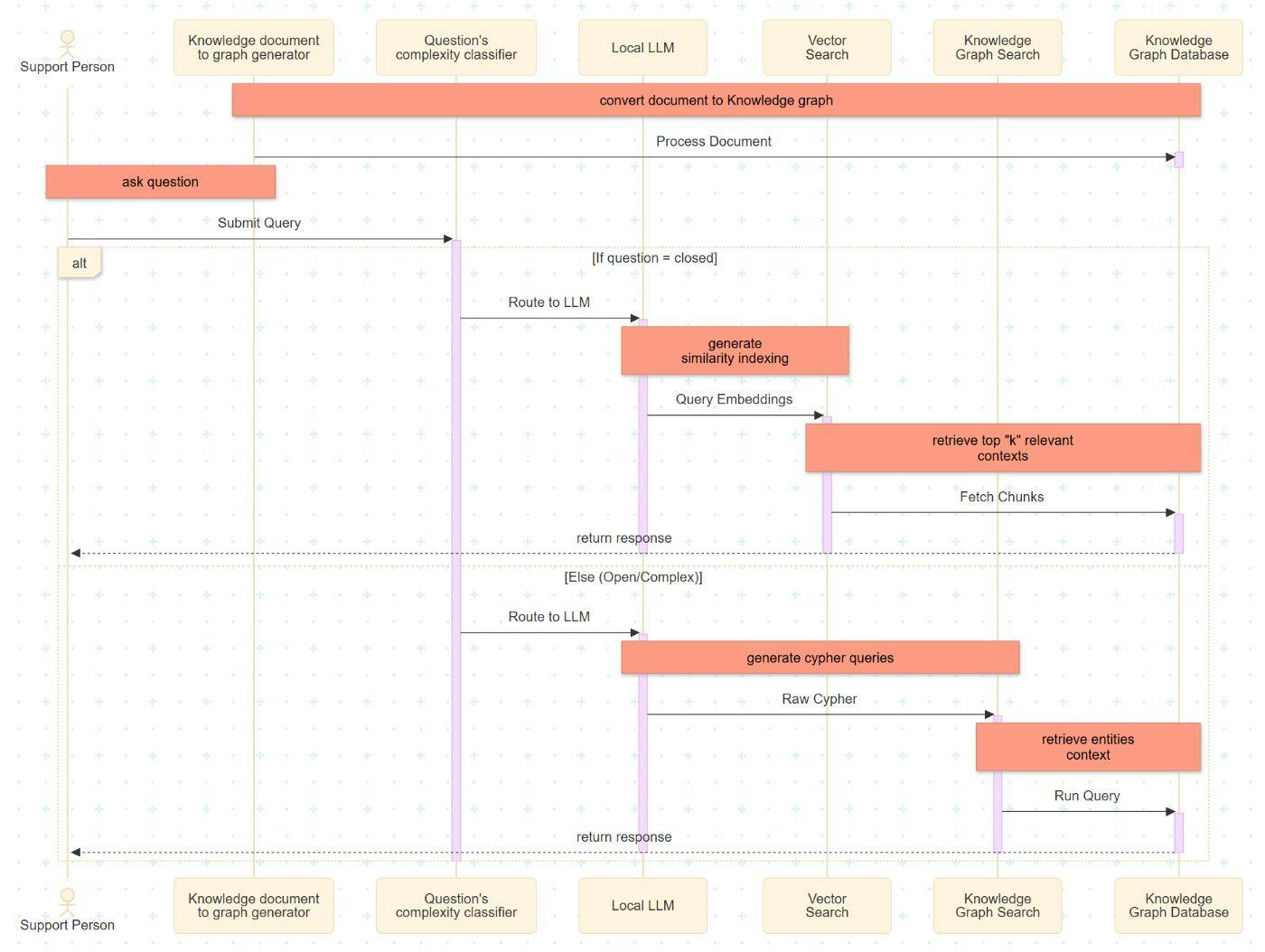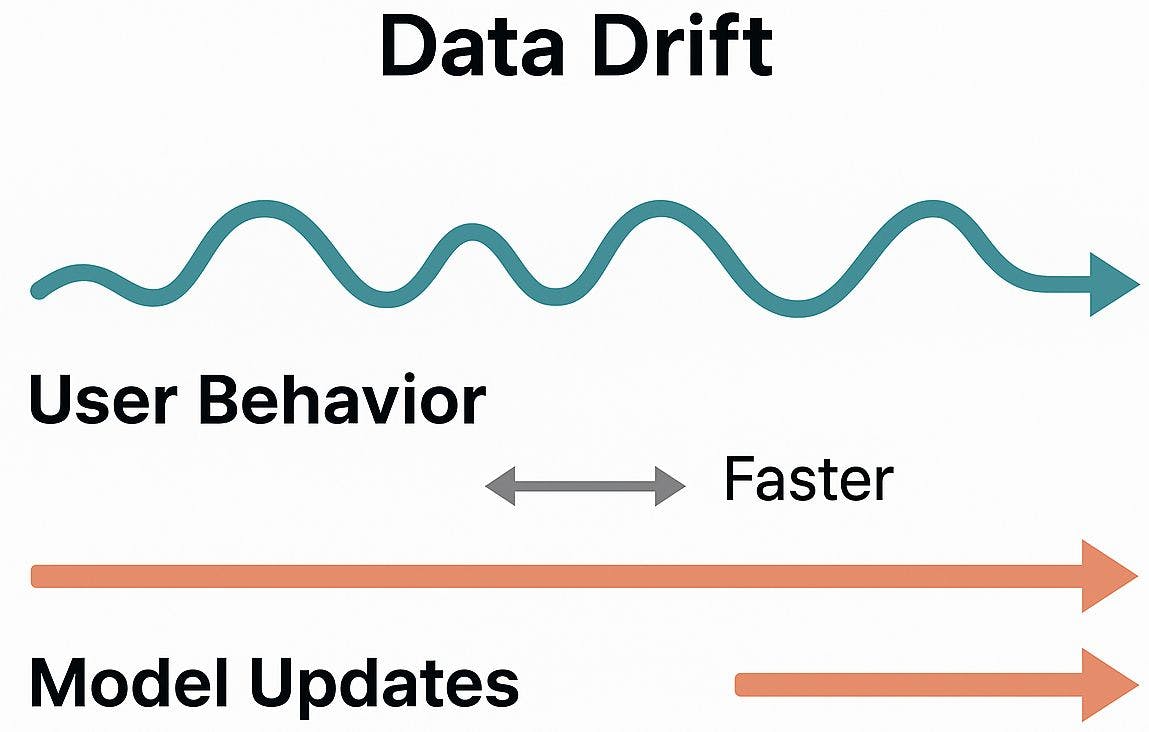This website contains affiliate links. Some products are gifted by the brand. As an Amazon Associate, I earn from qualifying purchases. The content on this website was created with the help of AI.
While I share money-making strategies, nothing is “typical”, and outcomes are based on each individual. There are no guarantees.
Most people try to make money on Pinterest the wrong way—by spamming affiliate links everywhere. That might bring in a few clicks, but it never builds trust, traffic, or income that lasts. Pinterest rewards creators who play the long game: valuable content, compliant links, and a user experience that inspires and converts. That’s the strategy that built my Pinterest business—steady ad revenue, daily affiliate commissions, and a system I can scale.
If you want to learn how to turn this into your own income stream, join my Blueprint Coaching Program. You’ll get my prompts, live calls, and step-by-step systems to build your brand and income.
My Pinterest Affiliate System
I started my Pinterest project as a test—could I make money with affiliate marketing using AI? The answer was yes, but it only worked because I built it the right way. Everything I create is within Pinterest’s terms of service, and every blog I write is built for the user first.
Here’s the framework:
Pinterest drives traffic → that traffic goes to my blog → my blog contains compliant affiliate links that make money.
I earn from both ad revenue and affiliate sales, and the combination compounds over time. My analytics (I use Clicky) show exactly where my traffic comes from—mostly Pinterest.
Step 1: Create a Blog That Solves a Problem
Pinterest isn’t social media — it’s a search engine. People come here to find ideas and inspiration that solve a problem or spark creativity. That’s why everything I publish starts with one question: What are people searching for right now?
To answer that, I use PinClicks — my go-to tool for discovering what’s trending on Pinterest. Before I write a single word, I open PinClicks and type in a broad keyword like home decor, craft ideas, or boho fashion. Then I narrow it down using their Filters to find topics that are currently ranking high in engagement but not overly competitive.
When I typed in “core” one day, I found search trends like cottagecore, grandmacore, and fairycore dominating the charts. That’s how I discovered “Cottagecore Kitchen” was one of the most searched and saved phrases on Pinterest. That insight became a blog post: “30 Ways to Add Rustic Elegance to Your Cottagecore Kitchen.”
Once I have the topic, I build a blog designed to both help and convert. Each section focuses on a single idea — like reclaimed wood shelving or vintage dishware — with a short, practical description followed by a “Shop the Look” area containing affiliate links.
This approach does three things:
- It gives Pinterest users the inspiration they’re searching for.
- It keeps the content compliant — all affiliate links live inside a valuable blog post, not directly on Pinterest.
- It sets me up to earn from both ad revenue and affiliate commissions without ever feeling salesy.
When you use data from PinClicks to find what’s trending and then create a blog that genuinely helps your audience, Pinterest rewards you with traffic, engagement, and consistent income.
Each post I publish starts as a useful piece of content. For example:
“15 Crafts to Make and Sell at Christmas” or “Boho Outfits for Winter.”
Inside each blog, I add a shopping list with affiliate links—items that help the reader recreate what they just saw. I pull those links from Amazon, Wayfair, or LTK, depending on the niche.
If you’re new to affiliate marketing:
- Amazon Associates is perfect for bloggers who add product links inside articles.
- Amazon Influencer is for creators posting product videos that appear on Amazon listings.
I use both, but all my Pinterest traffic flows to my blogs, not directly to affiliate links. That keeps everything compliant and builds domain authority at the same time.
Step 2: Automate Link Creation with AI
This is where the real magic happens.
One of the most time-consuming parts of affiliate blogging is finding product links—especially when your post includes dozens of items. Manually searching Amazon or Wayfair for every product, copying each link, and inserting it one by one can take hours. That’s where I use AI automation to take over.
Here’s how I do it.
I run ChatGPT (GPT-5 Pro) inside a Chrome extension called Harpa. Harpa lets ChatGPT interact directly with my browser, so it can read my page, understand the topic, and pull real affiliate links from the web.
When I’m creating a list post—like “30 Ways to Add Rustic Elegance to Your Cottagecore Kitchen”—I activate my custom Harpa prompt. It asks me a few questions:
- What’s the blog topic?
- How many sections do you want?
- Do you want it in influencer style, with affiliate links and a ‘shop the look’ section?
Then it runs the whole workflow automatically. It writes the intro, lists each section, adds descriptive copy for each idea, and inserts real affiliate links right into the text.
So when it writes:
“1. Reclaimed Wood Shelving – Bring natural warmth to your kitchen with reclaimed wood shelves.”
It immediately follows that with something like:
“Shop similar shelves on Amazon.”
Harpa is what enables that link-pulling ability. It lets ChatGPT query the live web, scrape the results, and extract valid URLs. Because I’m logged into my affiliate programs, the links it returns already include my tracking code — like ?tag=ballenblogger-20 for Amazon.
Sometimes it doesn’t get every link perfect, especially if an item doesn’t exist or the URL structure changes. When that happens, I copy the section back into ChatGPT and say, “Re-run this paragraph and verify all hyperlinks.” It refreshes them instantly.
In short:
- ChatGPT writes the content.
- Harpa connects it to the web.
- My affiliate codes make the links monetize.
That’s how I can generate an entire affiliate blog — written, formatted, and linked — in minutes instead of hours.
Step 3: Add Shoppable Images with Lasso
On my WordPress site, I use Lasso. It turns any affiliate link into a polished display box, a product image, or even a full shoppable gallery.
When I paste in an Amazon or LTK link, Lasso automatically formats it beautifully—making my blog posts look like curated shop pages, not cluttered link dumps. I can drop an image, add a product box, or insert a list of “shop the look” items under each idea.
Once the blog is written and my affiliate links are in place, it’s time to make it look like a shoppable experience — not just a wall of text and links. That’s where Lasso comes in.
Lasso is a WordPress plugin I use on every affiliate site I own. It takes any affiliate link and turns it into a beautiful, high-converting visual element — without requiring design skills or custom code.
Here’s how I use it:
- Inside my WordPress post, I click the “Add with Lasso” button.
- I paste in my affiliate link — usually from Amazon, Wayfair, or LTK.
- Lasso automatically pulls in the product image, title, and price. Then it gives me display options:
- Single product box (great for “Shop This Item” sections)
- Button-only link (perfect for subtle recommendations)
- Image display (this one’s gold for Pinterest-style layouts)
- Gallery or list view (ideal for “Shop the Look” sections)
In seconds, my link becomes a clean, professional product card.
Visually, it’s stunning. It feels native to the post, which builds reader trust and dramatically improves clickthroughs.
Where Lasso really shines is how it integrates with LTK and Wayfair. When I add Wayfair links, Lasso automatically imports the product image — so my blog ends up looking like a curated magazine layout. Pinterest readers respond to visuals, and when they see the same style from your blog to your pin, it increases both saves and conversions.
I also love that Lasso gives me reporting — I can see which links are clicked the most, what products convert, and where to double down. That insight tells me which niches are profitable without guessing.
So instead of cluttered affiliate lists, my blog looks like a Pinterest shopping feed — cohesive, helpful, and visually aligned with the content. It’s a simple tweak that turns your blog from “influencer vibes” to a conversion machine.
Step 4: Use LTK and Wayfair for High-Value Conversions
Once your blog is structured and visually shoppable with Lasso, the next layer of monetization comes from LTK (LiketoKnow.it) and Wayfair — two powerhouse platforms that pay well and pair perfectly with Pinterest audiences.
I use both strategically because they serve different purposes inside my workflow.
LTK is a creator platform that connects influencers with hundreds of major retailers — Nordstrom, Anthropologie, H&M, Home Depot, Costco, and more. When you join LTK, you get access to affiliate links for thousands of products across categories like fashion, beauty, and home décor.
Here’s how I use it step-by-step:
- Join LTK (or get invited in).
LTK is invite-only, but if you have an active Pinterest, TikTok, or Instagram account with decent engagement, your odds are good. You don’t need a massive following — just proof that you’re creating content that converts. - Install the Chrome Extension.
Once you’re in, grab the LTK Creator Chrome extension. When you visit a retailer like Wayfair, Anthropologie, or Amazon, you can click the LTK button to instantly generate an affiliate link. It also shows you the commission rate and lets you save links to organized folders like “Boho Outfits,” “Kitchen Decor,” or “Cozy Bedding.” - Create LTK Widgets.
In your LTK dashboard, you can group saved links into collections called widgets. I’ll make one called “Boho Fall Sweaters” or “Rustic Kitchen Decor” and embed that widget into my blog post. The widget automatically displays the product images and “shop” buttons — completely shoppable, no coding needed. - Use LTK with Lasso.
When I take an LTK link from Wayfair or another store and paste it into Lasso, something powerful happens — it automatically pulls in the product image. Suddenly, I’ve got a beautiful, clickable image gallery right inside my post. Pinterest users love this because it feels visual and authentic, not pushy.
Now, let’s talk specifically about Wayfair, because it’s one of the hidden gems for Pinterest affiliate marketers.
Wayfair’s product catalog performs incredibly well with Pinterest traffic because it matches Pinterest’s intent — home décor, furniture, lighting, and DIY inspiration. And because Wayfair is part of LTK’s network, I can grab affiliate links from Wayfair and drop them straight into my blog using the LTK extension.
Here’s why I love Wayfair links:
- When added through Lasso, Wayfair links display actual product images (unlike some retailers that only show a logo).
- The commissions tend to be higher — typically around 8–10%.
- The audience overlap between Wayfair shoppers and Pinterest users is huge, so conversion rates are strong.
For example, one of my top-performing affiliate blogs — a Vintage Aesthetic Bedroom Ideas post — started converting like crazy once I dropped in a Wayfair bedding set through LTK. I wasn’t even promoting it directly; it just matched the aesthetic of the blog and naturally led readers to shop.
That’s the magic of this system:
Pinterest drives the traffic → The blog builds trust → The affiliate tools handle monetization.
When you pair LTK + Wayfair + Lasso, you create a clean, visual, and compliant affiliate ecosystem that converts passively every day.
This is where the real affiliate income growth happens — not from random links or spammy pins, but from strategic, shoppable content that feels valuable to the reader and plays nicely with Pinterest’s algorithm.
Step 5: Find Profitable Pinterest Topics with PinClicks
This is where strategy meets data — and why PinClicks is one of the most powerful tools in my entire Pinterest affiliate system.
Most creators guess what to post. I don’t. I let PinClicks tell me exactly what Pinterest users are searching for and saving right now — so I only create content that’s already proven to perform.
Here’s how I use it:
- Start Broad, Then Narrow Down.
I log into PinClicks and start with a broad keyword like home decor, DIY crafts, or fashion outfits. Then, I use the sidebar filters to choose categories and engagement levels. I’m looking for keywords with high saves and clicks but moderate competition — the sweet spot for visibility. - Drill Down Into Trends.
Next, I get specific. Pinterest users often search for niche aesthetics or “core” styles — things like cottagecore, grandmacore, fairycore, or vintage aesthetic. So I’ll type core into PinClicks’ search bar. Within seconds, it shows me which of these aesthetics are trending, along with related long-tail keywords like cottagecore kitchen, cottagecore bedroom, or cottagecore crafts. That’s how I discovered “Cottagecore Kitchen” was ranking at the top of Pinterest — which led to one of my most profitable blog ideas: “30 Ways to Add Rustic Elegance to Your Cottagecore Kitchen.” - Check Top Performing Pins.
I click into the Top Pins tab for that keyword. Here, PinClicks shows me live examples of pins that are performing best — including the title text, visuals, and engagement stats. I study the style, not to copy it, but to see what patterns are working: vertical images, neutral palettes, short keyword-heavy titles, and overlay text that drives curiosity. - Extract the Keywords.
Each top-performing pin has a list of related keywords beneath it. I use those keywords in my blog’s title, headings, image descriptions, and Pinterest captions. For example, if “rustic kitchen shelves” and “vintage cottage decor” keep showing up, I know to include both in my post. - Validate With Click Data.
PinClicks doesn’t just tell me what’s trending — it tells me what’s clicking. That’s the difference between vanity and money. I want to know which ideas are driving real traffic to websites, not just getting saves. That click data helps me choose topics that are likely to convert once readers land on my blog. - Turn It Into a Content Plan.
One winning keyword in PinClicks often sparks a series. From cottagecore kitchen came cottagecore bedroom, cottagecore garden, and cottagecore outfits. Each one becomes a blog, each blog turns into 30 pins, and each pin drives back to an affiliate post that makes money every day.
Here’s what makes this tool irreplaceable: Pinterest doesn’t have a native keyword research feature like YouTube or Google. PinClicks fills that gap — it shows you the search behavior behind the platform.
So instead of guessing what to post, I’m creating content built on real data, tied directly to monetization opportunities. It’s the difference between posting for fun and building an actual Pinterest income system.
Step 6: Create Pinterest-Worthy Images with Ideogram
Once my blog is written, optimized, and linked, it’s time to build what actually drives the traffic — the pins themselves.
Pinterest is a visual discovery platform, so your images are everything. A great pin can send thousands of visitors to a single blog post over time. But here’s the key: those images can’t just be pretty — they need to be strategic, scroll-stopping, and built for search.
That’s where Ideogram comes in. It’s the AI image creator I use to design all my Pinterest visuals. While tools like Midjourney and Leonardo are great for art, Ideogram consistently delivers the best Pinterest-ready 2:3 vertical images (1000×1500px or 1080×1920px).
Here’s exactly how I use it:
- I start with the blog section.
Each section of my blog (like “Reclaimed Wood Shelving” or “Vintage Dishware Displays”) becomes its own visual idea. Instead of making one general graphic for the whole post, I create a custom image for each idea. That means one blog can generate 20–30 unique pins. - I use descriptive AI prompts.
I open Ideogram and write prompts that describe what that blog section should look like — for example:
“Rustic cottagecore kitchen with open reclaimed wood shelves, white walls, hanging copper pots, soft natural light, cozy farmhouse style.” I make sure to include the aesthetic keyword (like cottagecore or boho) because that’s what helps Pinterest recognize the visual context and match it to user searches. - I generate the image in a 9:16 or 2:3 ratio.
Pinterest favors tall vertical images, so I choose 9:16 when I want it to double as a Story Pin or 2:3 for a traditional static pin. The taller the image, the more visual real estate it gets in the feed. - I save the image and upload it to my blog.
Each AI image becomes a visual anchor for that section. So when a reader scrolls through, they see exactly what the idea looks like — not just a text description. These visuals also make the blog look more like a Pinterest gallery than a traditional post. - I link the image back to the affiliate product.
When possible, I use Lasso to turn these images into clickable, shoppable elements. That means every visual in my post can lead to a conversion — without interrupting the reading experience. - I upload the same image to Pinterest.
After the blog goes live, I open Pinterest, go to “Create Pin,” upload that image, and paste the blog URL. I also ask ChatGPT (through Harpa) to generate a keyword-rich Pinterest title and description for each one. Example:
Title: “Cottagecore Kitchen Ideas: Rustic Shelves for a Cozy Home”
Description: “Create a warm, vintage-inspired kitchen with reclaimed wood shelving and farmhouse textures. Shop similar looks on my blog for more cottagecore inspiration.” - I schedule the pins out over time.
I never dump all 30 pins at once — that can look spammy. Instead, I schedule them a week apart using Tailwind or the native Pinterest scheduler. That keeps my boards active and tells Pinterest I’m a consistent, trustworthy creator.
The beauty of this process is automation: one blog = 30 visuals = 30 pins = 30 weeks of fresh content feeding Pinterest search.
And because the visuals are on-brand, keyword-optimized, and linked to valuable content, they get traction fast. They’re not just “pretty pins.” They’re traffic machines.
Over time, this system compounds. Each blog becomes a long-term Pinterest funnel, each pin becomes a top-of-funnel lead magnet, and each click becomes a chance to earn — all powered by AI visuals that never stop working for you.
The Tools I Use
Step 7: Scale Without Spamming
Pinterest allows multiple pins to the same URL, but dumping 30 images in one day looks spammy. I schedule mine a week apart. That keeps my account healthy and steadily growing traffic.
Each blog becomes a 30-week content plan automatically feeding Pinterest. Once traffic starts building, ad revenue kicks in, affiliate clicks grow, and the income compounds without needing daily posts.
Final Takeaways
Affiliate marketing on Pinterest works—if you do it right. It’s not about posting hundreds of random links. It’s about creating helpful, inspiring content, linking ethically, and using automation to scale your reach.
One great blog.
Thirty great pins.
And one system that pays you daily.
About :
I’m a digital marketing strategist and content creator who makes multiple six figures a year with affiliate marketing, digital products, and YouTube. I teach creators how to turn their content into a business they love—without spam, burnout, or complicated funnels.











